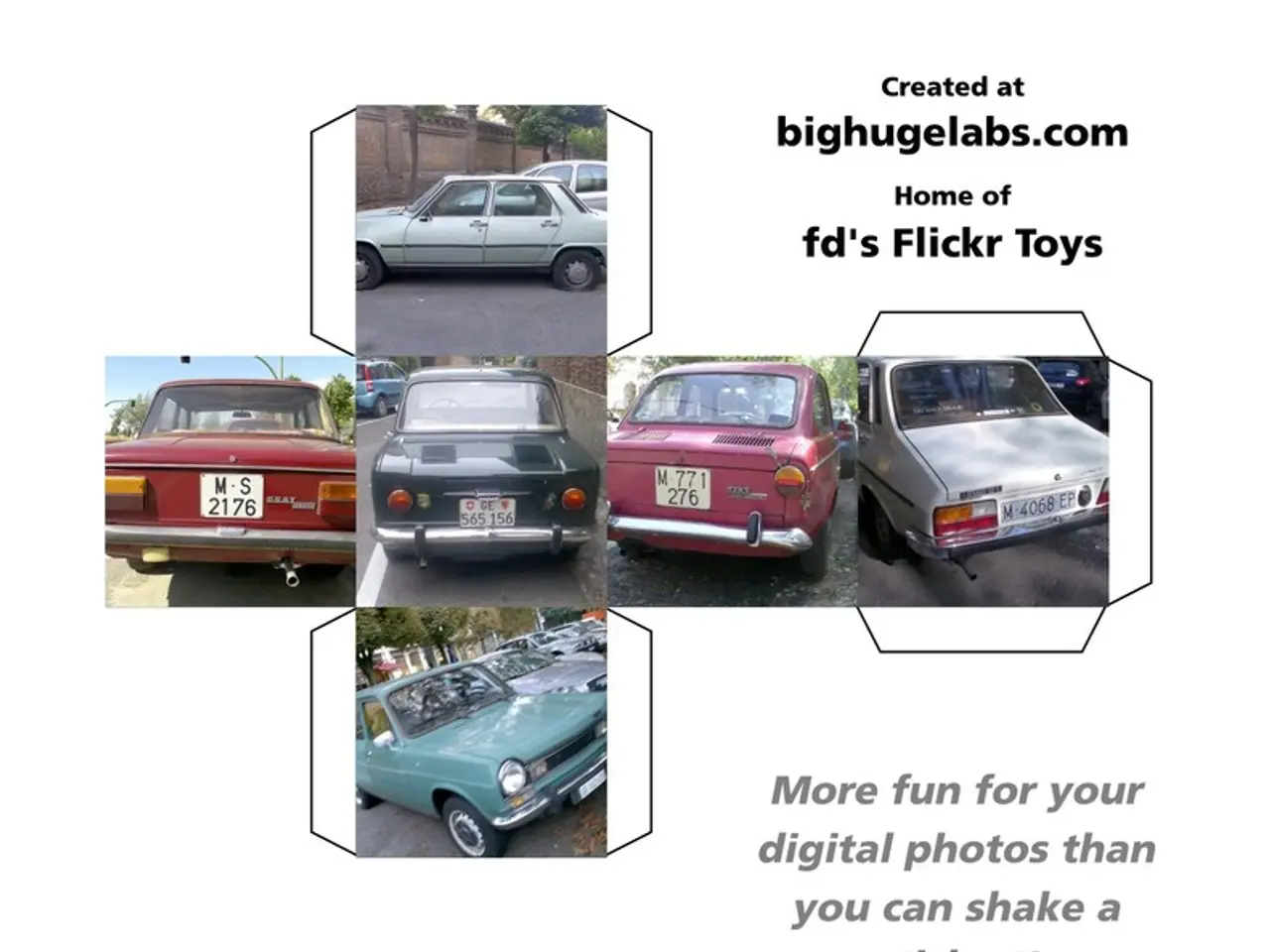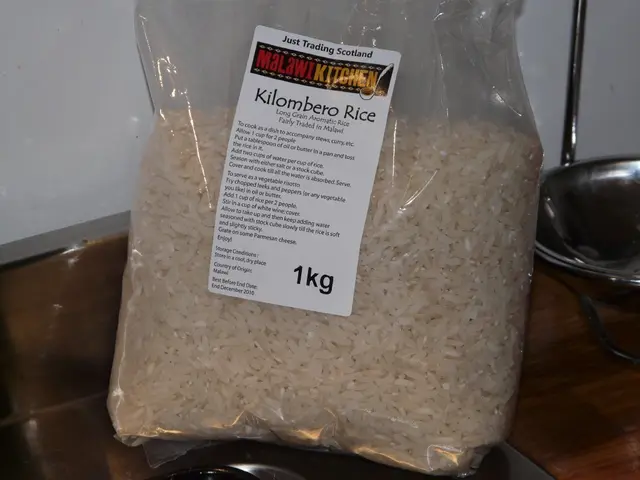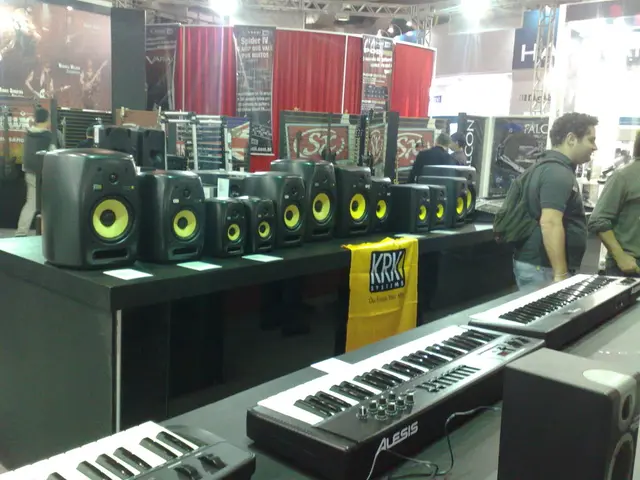Government eases restrictions on self-driving cars, benefiting Tesla in autonomous vehicle development
The National Highway Traffic Safety Administration (NHTSA) has announced a revised Automated Vehicle (AV) Framework, a policy aimed at expediting the development and deployment of autonomous vehicles in the United States. The new policy, introduced by U.S. Secretary of Transportation Sean P. Duffy, focuses on prioritizing safety, unleashing innovation, and enabling commercial deployment of AVs [1][3].
One of the key changes in the revised framework is the modernization of Federal Motor Vehicle Safety Standards (FMVSS) to accommodate the unique designs and technologies of AVs. This update will make it easier for companies to commercially deploy AVs [2].
Another significant change is the streamlined exemption process under Part 555. The updated process allows manufacturers to sell AVs that do not fully comply with traditional FMVSS requirements, such as vehicles without steering wheels. This change is intended to be simpler and faster, helping companies bring AV technology to market quicker [2][3][5].
The expansion of the Automated Vehicle Exemption Program (AVEP) to include domestically produced vehicles is another major modification. Previously, only foreign-built AVs were eligible for exemptions. This change promotes U.S.-built AV technologies [3][5].
NHTSA is also actively researching AV safety and performance. Research includes new testing methods that combine augmented reality with real-world assessments and investigating safety for non-traditional seating arrangements, such as wheelchair users or passengers in seats facing different directions [1].
The updated framework also seeks to harmonize regulations across states to facilitate a smoother regulatory environment for AV deployment nationally [4].
An example outcome of the revised framework is NHTSA’s issuance of the first-ever exemption for American-built autonomous vehicles to Zoox under the expanded AVEP [3][5].
The updates in the AV Framework could potentially reduce barriers for companies like Tesla in rolling out their new self-driving models. Tesla, for instance, is planning to use Model Y and Model 3 for its robotaxi service and is building the Cybercab, its new self-driving model, in Texas [6]. The timing for Tesla's launch of its robotaxi service in Austin, Texas, is this summer [7]. The Cybercab is expected to begin production in 2026 or 2027 [8].
Secretary Duffy stated, "We're in a race with China to out-innovate, and the stakes couldn't be higher" [9]. The updates in the AV Framework are framed as a strategic requirement to compete with China.
However, some transportation safety experts have expressed concerns about transparency under the new regulatory updates [10]. Additionally, questions have been raised about potential conflicts of interest due to Elon Musk's dual role as Tesla CEO and senior advisor within the Department of Government Efficiency (DOGE) [11].
In summary, the revised NHTSA AV Framework aims to balance safety with innovation by modernizing safety standards, expediting exemptions, supporting U.S. technology, and advancing research into AV safety and design to pave the way for commercial AV introduction and operation on public roads in the United States [1][2][3][4][5].
- The modernization of Federal Motor Vehicle Safety Standards (FMVSS) to accommodate the unique designs and technologies of AVs, as part of the revised NHTSA AV Framework, could present opportunities for technology companies like Tesla to commercially deploy their self-driving models more easily.
- The expansion of the Automated Vehicle Exemption Program (AVEP) to include domestically produced vehicles, a key change in the revised NHTSA AV Framework, might enhance the competitiveness of American motor vehicle industries, such as Tesla, in competing against Chinese counterparts.




